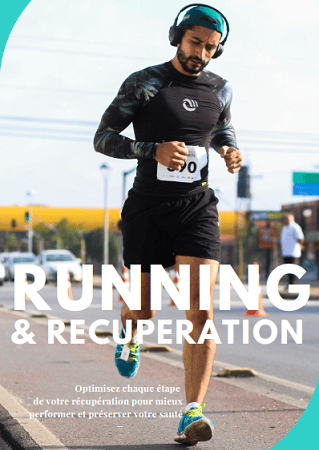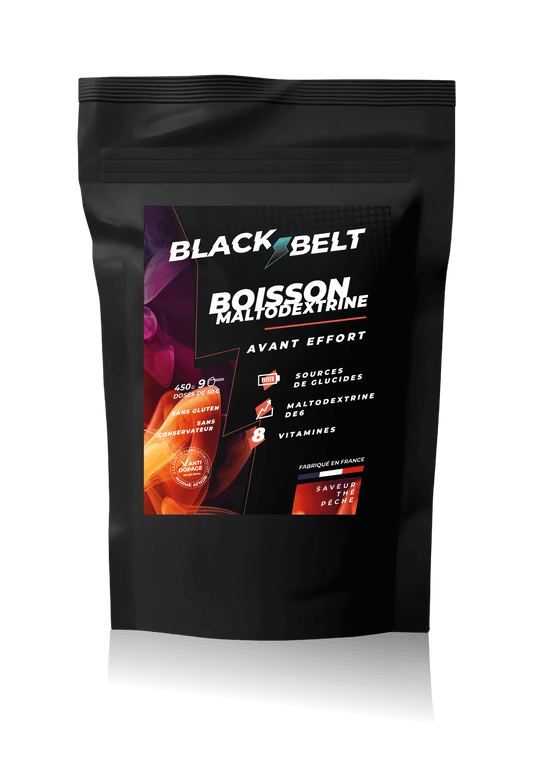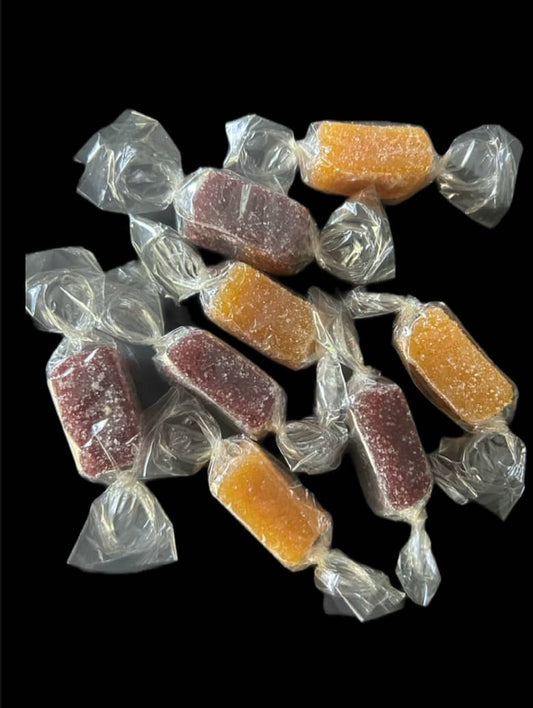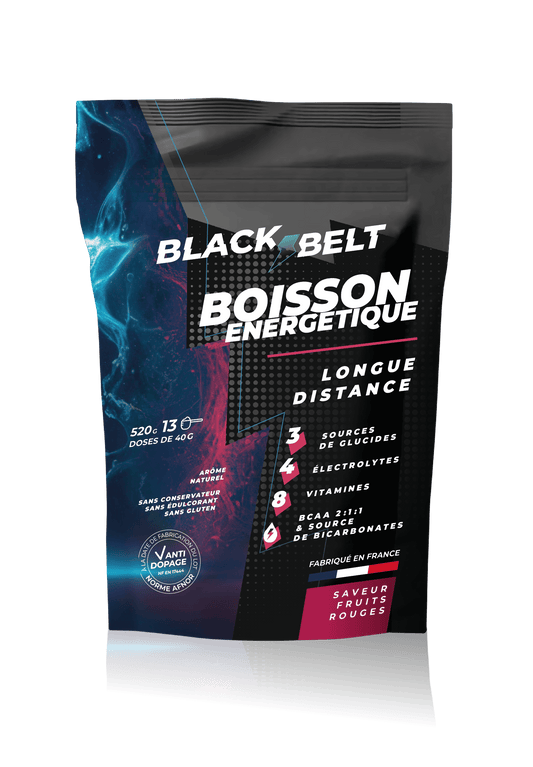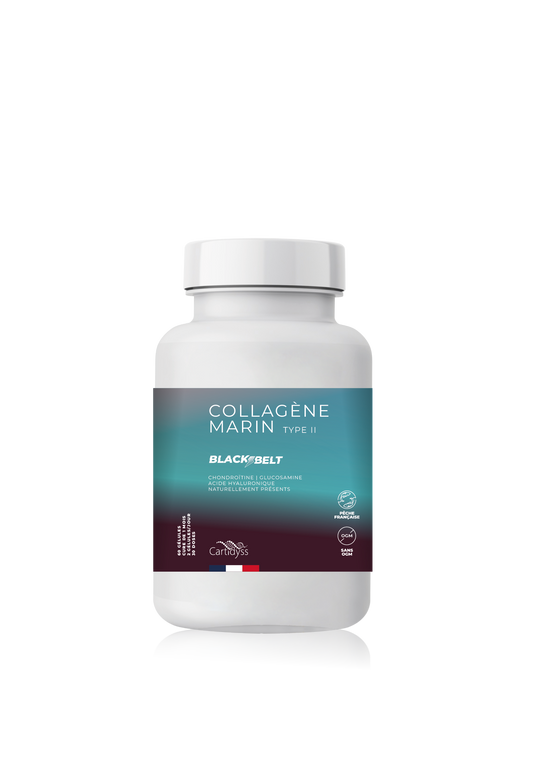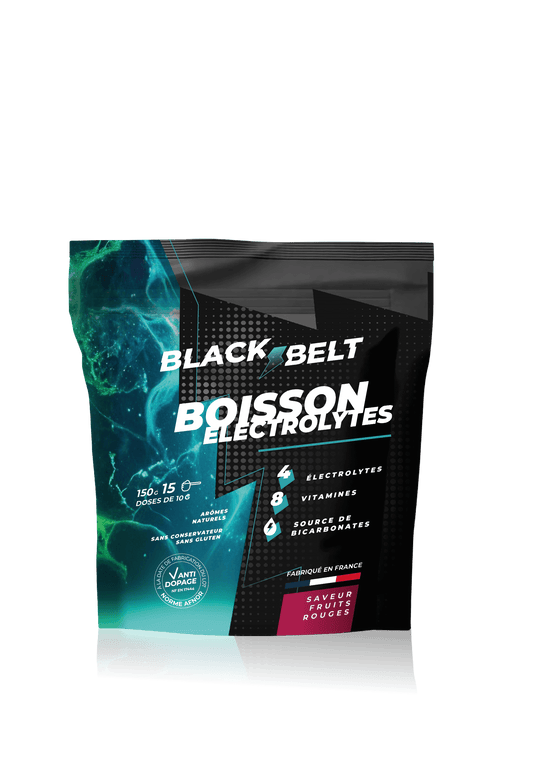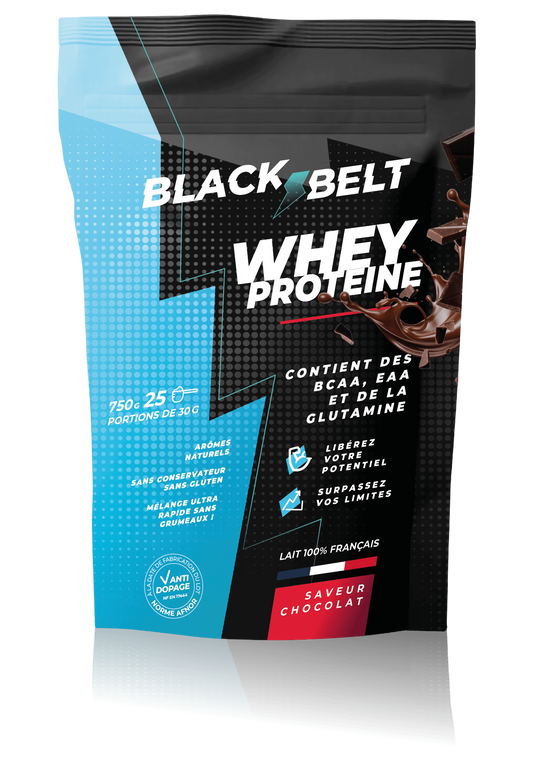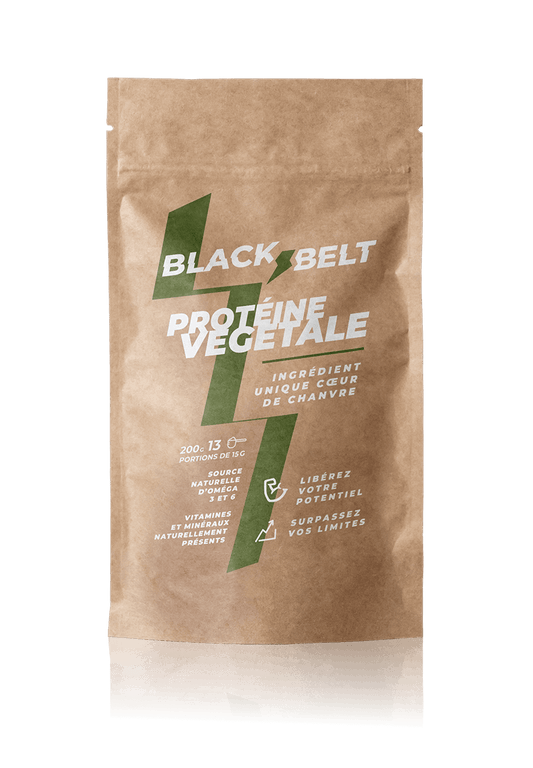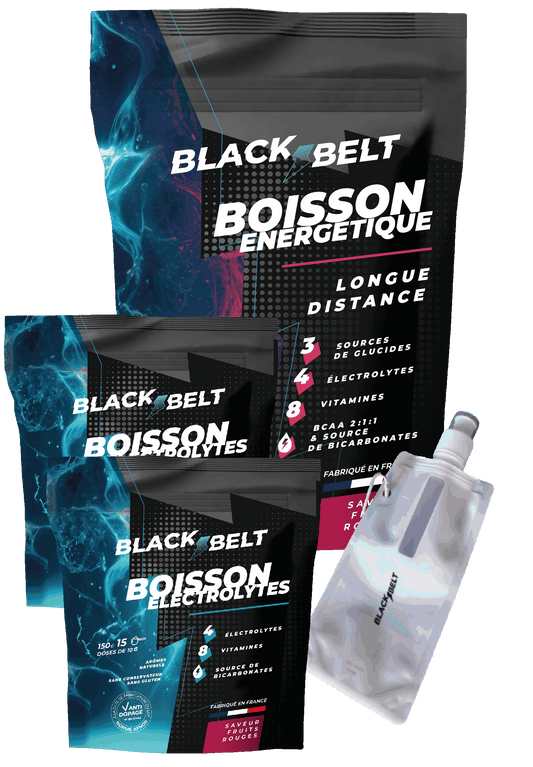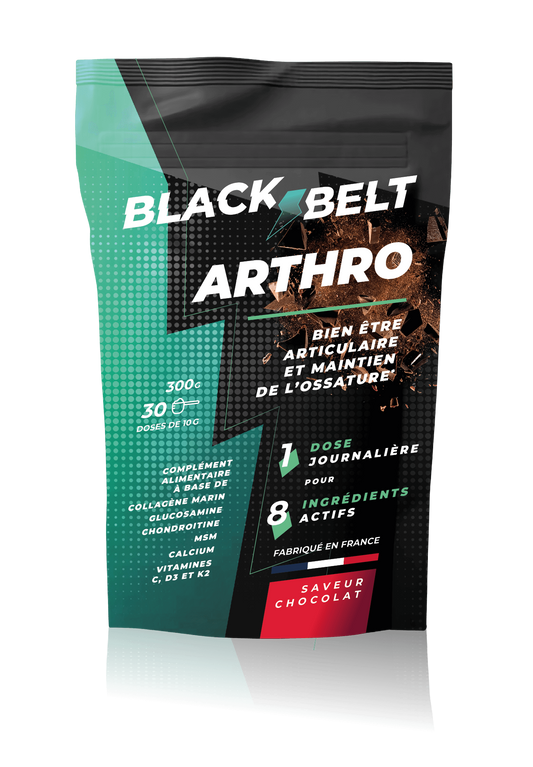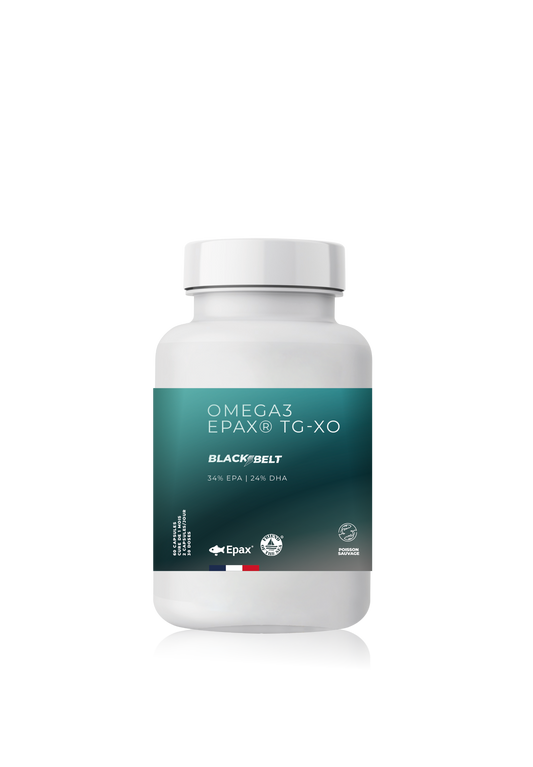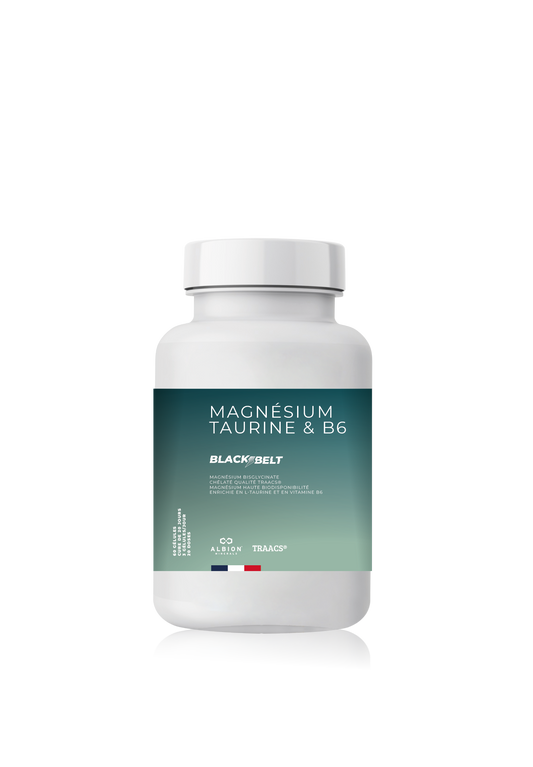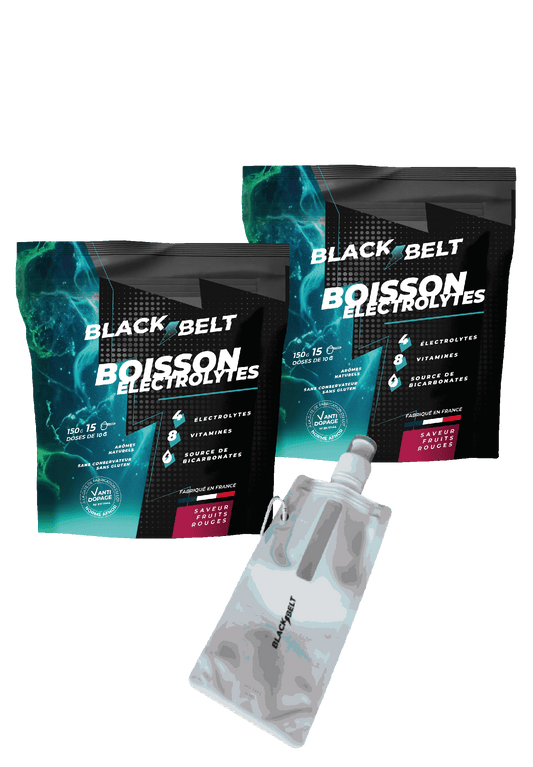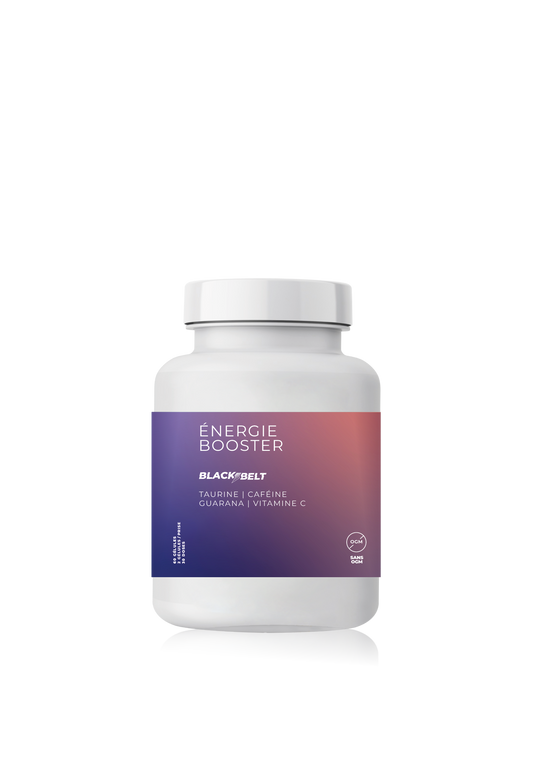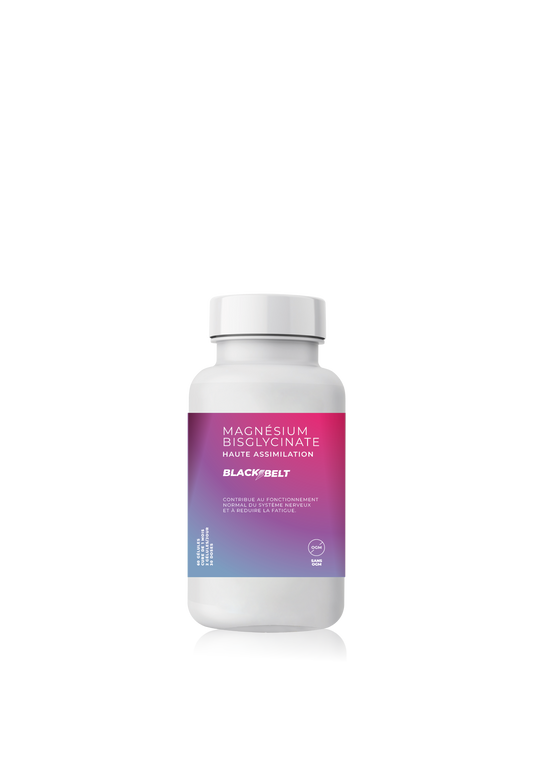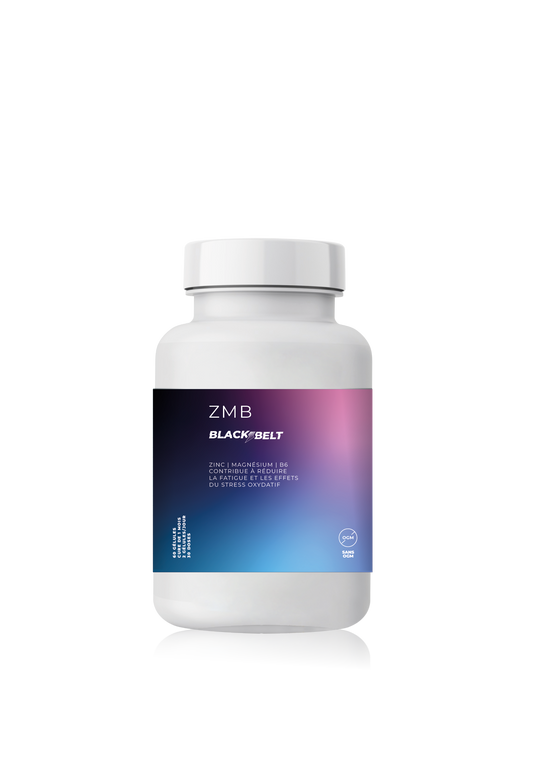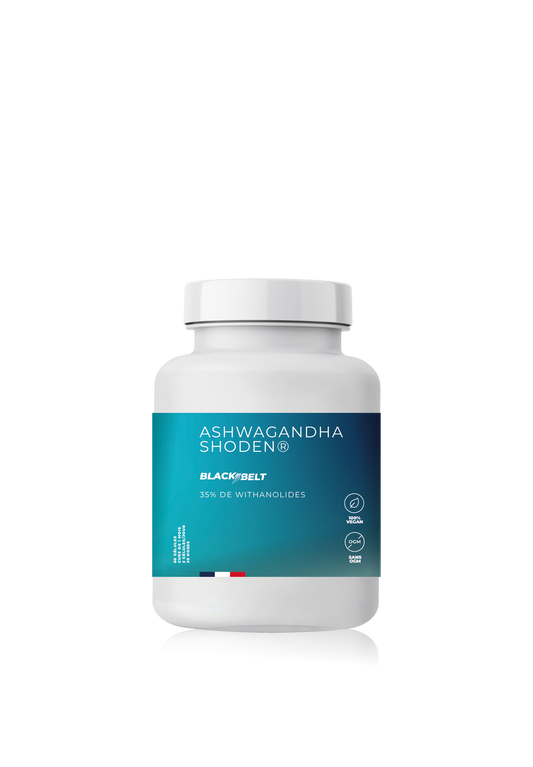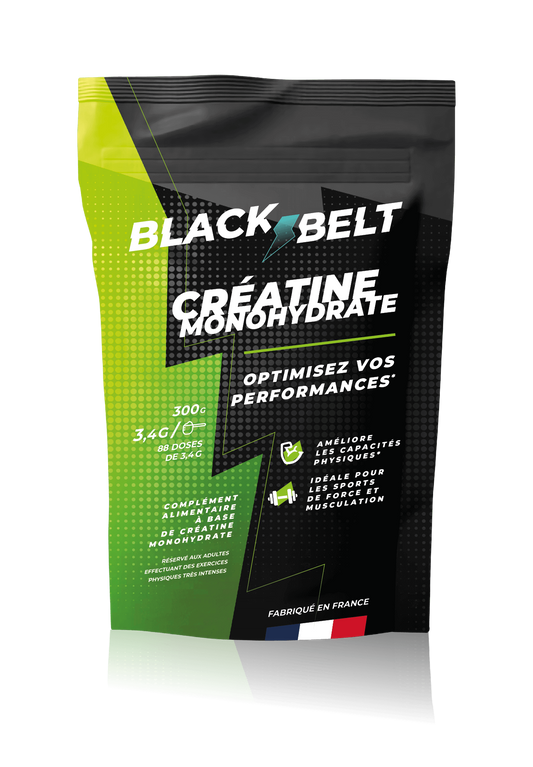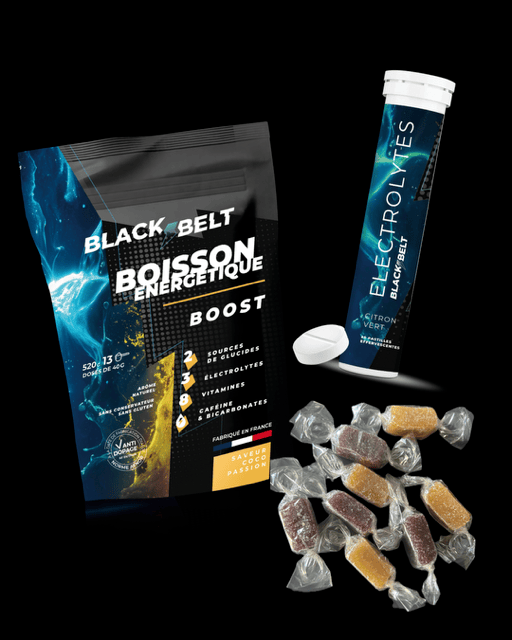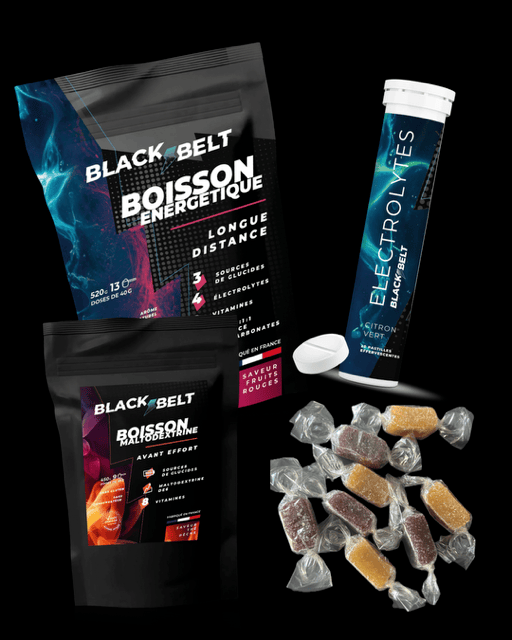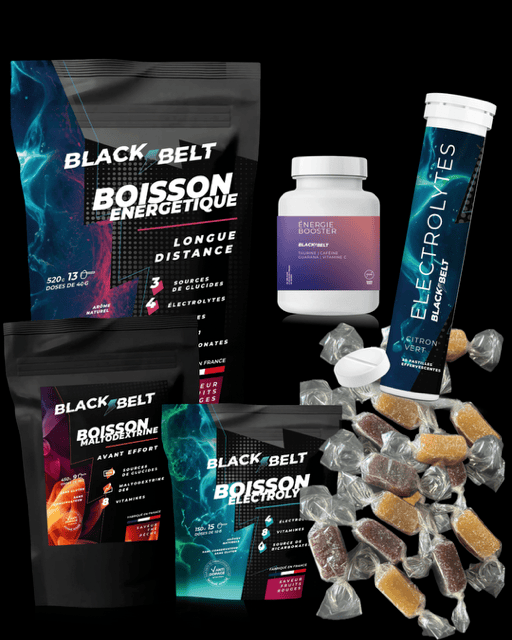
Share
Prepare for a 10 km
The 10 km is an ideal distance for all runners!
Even for beginners it is an accessible first challenge and for more experienced runners it is an ally to improve their average speed.
But how can you prepare effectively through good training, intelligent effort management, and optimal recovery? In short, how can you properly prepare for a 10 km race?
Here's everything you need to know to successfully prepare for a 10 km .
What time should I aim for for a 10 km?
Of course, the average time for a 10K varies depending on the runner's level and gender. First, ask yourself what your real goal is! This could be anything from a best time to simply managing to finish the race. No judgment here; we've all started!
Here are some average times for 10km and if necessary our free runner's toolbox will help you estimate your time based on a wide range of factors.
| Level | Men | Women |
| Beginner | 55 min to 1h10 | 1 hour to 1 hour 20 minutes |
| Intermediate | 45 to 55 min | 50 min to 1 hour |
| Confirmed | 35 min to 45 min | 40 min to 50 min |
| Elite | - 30 min | - 35 min |

Training plan for a 10 km
Training should be structured over 6 to 8 weeks for effective progression, it should be adapted to the same type of terrain as your running goal (road or trail running)
Training frequency
The ideal is to run 3 to 4 times a week, alternating between the types of sessions:
• Basic endurance session: running at a slow pace to build endurance commonly called EF (basic endurance)
• Interval training: Yes, this one really stings! It consists of alternating accelerations and recovery to improve speed. But be careful, the acceleration is quite pronounced.
• Long outing: 8 to 12 km at a moderate pace to get the body used to the distance, we are not on EF but a slightly faster pace
• Muscle strengthening session: often neglected by runners. Strengthening exercises to avoid injuries are essential!
Just in case and to summarize, EF (or basic endurance) is the rather leisurely pace at which you can run or jog without really being out of breath.
Example of a 6-week program to prepare for a 10 km race
This plan is for 6 weeks before the race.
- Session 1 is mostly slow pace with 5 minutes extra per outing.
- Session 2 of the interval training which gradually increases each week
- Session 3 of moderate pace increasing by 5 min/outing
- Session 4 alternates between reinforcement and long outing.
| Week | Session 1 | Session 2 | Session 3 | Session 4 |
| 1 | 30 min at a slow pace | 5 x 1 min fast + 1 min slow | 40 min at moderate pace | Muscle strengthening |
| 2 | 35 min at slow pace | 6 x 1 min fast + 1 min slow | 45 min at moderate pace | Long outing 8 km |
| 3 | 40 min at slow pace | 8 x 1 min fast + 1 min slow | 50 min at moderate pace | Long outing 9 km |
| 4 | 45 min at slow pace | 6 x 1 min fast + 1 min slow | 50 min at moderate pace | Muscle strengthening |
| 5 | 50 min at slow pace | 8 x 2 min fast + 1 min slow | 55 min moderate pace | Long outing 10 km |
| 6 | 30 min moderate pace | 5 x 1 min fast + 1 min slow | 20 min slow pace | Rest day before the race |
It's important to preserve yourself just before the race so that you have the resources you need on D-Day. Drinking an excellent electrolyte drink can also help!

The essential equipment for a 10 km
Suitable shoes and clothing.
A good pair of running shoes is essential. Choose shoes:
• With good cushioning to protect your joints
• Adapted to your stride (universal, pronator or supinator)
• Comfortable to avoid friction
Also choose breathable clothing that wicks away perspiration and prevents irritation.
Hydration and nutrition
It is possible that 10km may seem like "a short distance" and it is true that there are much more important things, but don't rush into it! Even over 10km, hydration is essential. Remember to drink before and after the race at a minimum and ideally during. It is important to consume a recovery drink after the effort to optimize muscle regeneration, such as protein powder and/or electrolytes . Because yes, it is important for a runner to also think about consuming protein for running .
Managing effort during a 10 km
As it is an accessible distance, the key to a successful 10 km is intelligent pace management:
• Beginners: Start at a comfortable pace and accelerate if you feel good after 5 km, this is a common mistake, you start at full speed. Estimate your race time, find the person who sets this pace on this race (when there is one) and stay in their wake.
• Intermediates: Aim for a steady pace that matches your goal. Estimate your race time, find the person setting that pace on this race (when there is one) and stay in their wake.
• Advanced: use the negative split strategy (start slightly slower and accelerate in the second half) but not just anyhow.
In any case, avoid setting off too quickly, or you'll end up exhausted before the finish line.

Recovery after a 10 km
Stretching and massages
After the race, a few gentle stretches help prevent muscle soreness. A massage with a muscle recovery gel is ideal, and if you're not yet familiar with the Blackbelt brand and its revolutionary recovery shower gel or simply its innovative product range , then you're already behind the other runners!
Post-race nutrition
Obviously, after the race you need carbohydrates, electrolytes and proteins in particular! We talk about it in more detail here
Mistakes to avoid when preparing for a 10 km race
We also wrote an article on mistakes when going from 10km to half marathons which expands on this topic a bit more if you want to dig deeper.
But obviously this is about neglecting the warm-up, forgetting rest days in training, not testing your equipment, underestimating hydration: even a slight water deficit can impact your performance, and as we said, starting too fast: it's better to finish by accelerating than to collapse at the 7th km
Here you have the keys to preparing for a 10 km

